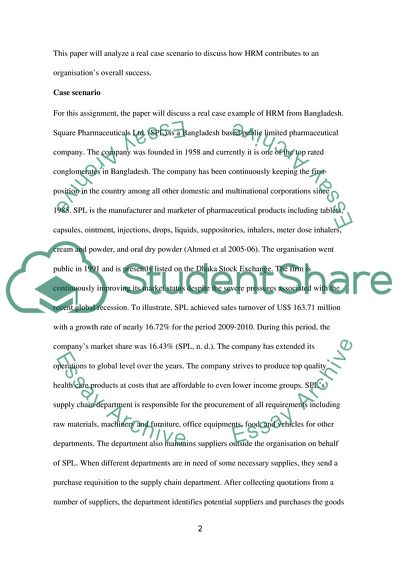Cite this document
(The Critical Elements of Human Resource Management Essay, n.d.)
The Critical Elements of Human Resource Management Essay. https://studentshare.org/human-resources/1793010-hrm-what-are-the-criical-elements-of-human-resources-manangemnt-and-how-do-they-contribute-to-an-organisation-performance
The Critical Elements of Human Resource Management Essay. https://studentshare.org/human-resources/1793010-hrm-what-are-the-criical-elements-of-human-resources-manangemnt-and-how-do-they-contribute-to-an-organisation-performance
(The Critical Elements of Human Resource Management Essay)
The Critical Elements of Human Resource Management Essay. https://studentshare.org/human-resources/1793010-hrm-what-are-the-criical-elements-of-human-resources-manangemnt-and-how-do-they-contribute-to-an-organisation-performance.
The Critical Elements of Human Resource Management Essay. https://studentshare.org/human-resources/1793010-hrm-what-are-the-criical-elements-of-human-resources-manangemnt-and-how-do-they-contribute-to-an-organisation-performance.
“The Critical Elements of Human Resource Management Essay”. https://studentshare.org/human-resources/1793010-hrm-what-are-the-criical-elements-of-human-resources-manangemnt-and-how-do-they-contribute-to-an-organisation-performance.


